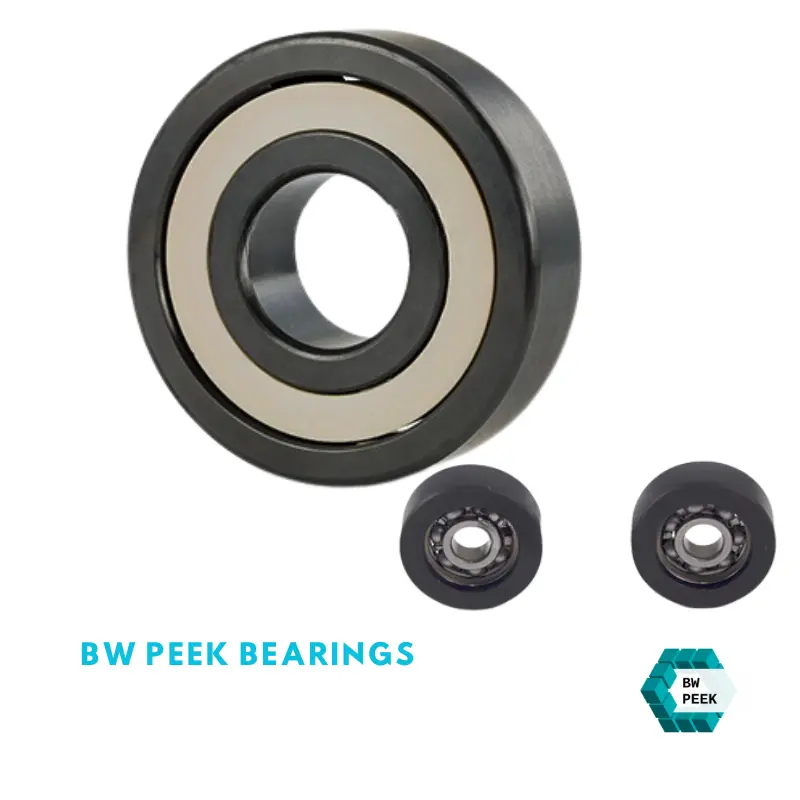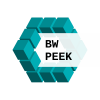

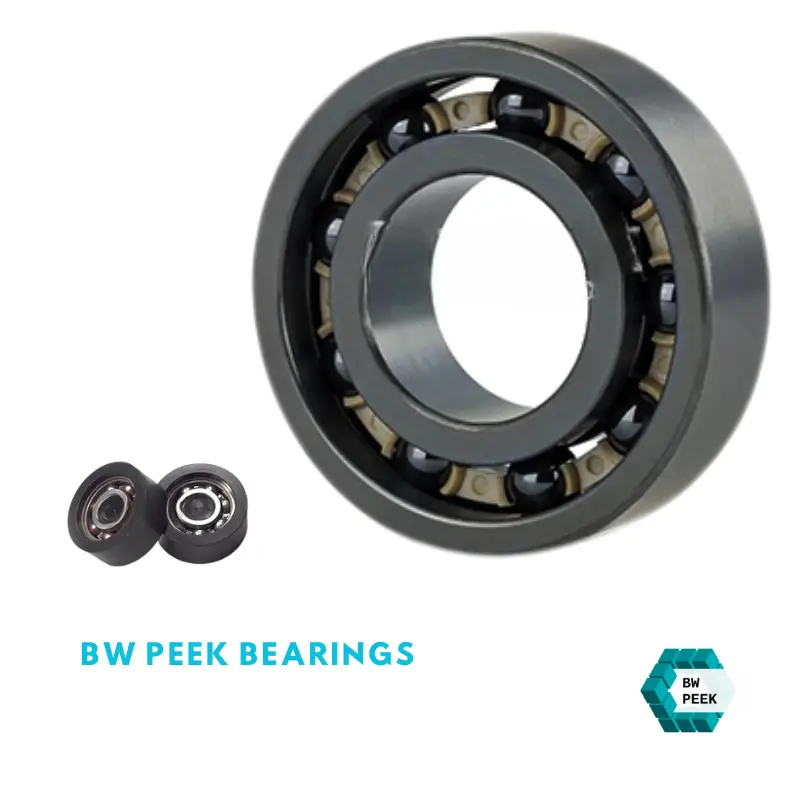
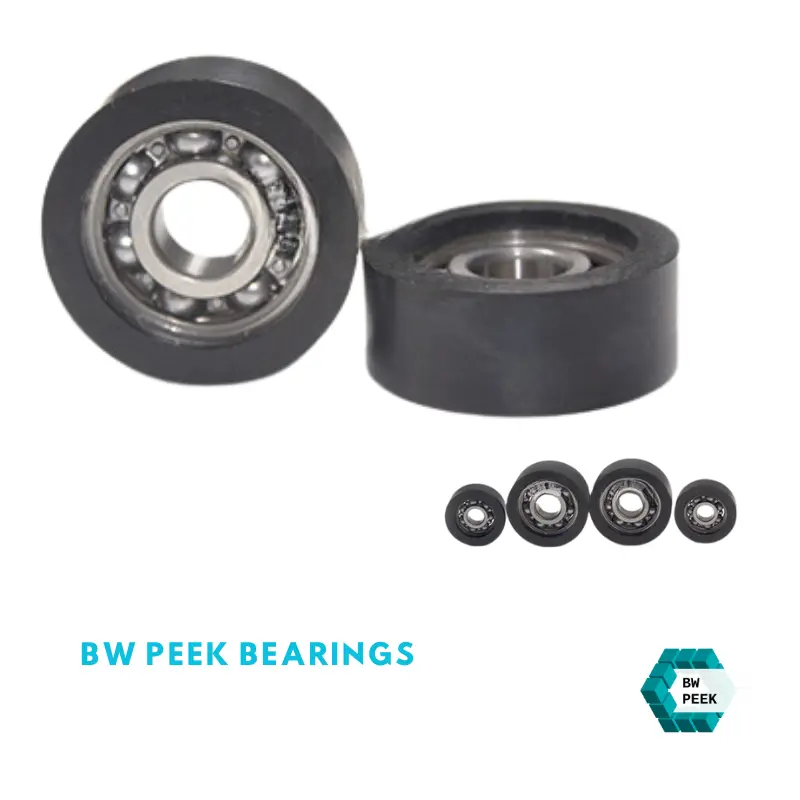
Fuel system seals, brackets, or bearing cages in aircraft; sliding components in satellite systems requiring high stability.
Resistant to chlorine and chemical corrosion, self-lubricating for water-lubricated environments; low wear rate extends lifespan.
Water pump bearings, valve components; sliding parts in filtration systems for wastewater treatment.
Advantage: Hydrolysis resistance, ideal for humid environments, reduces contamination.
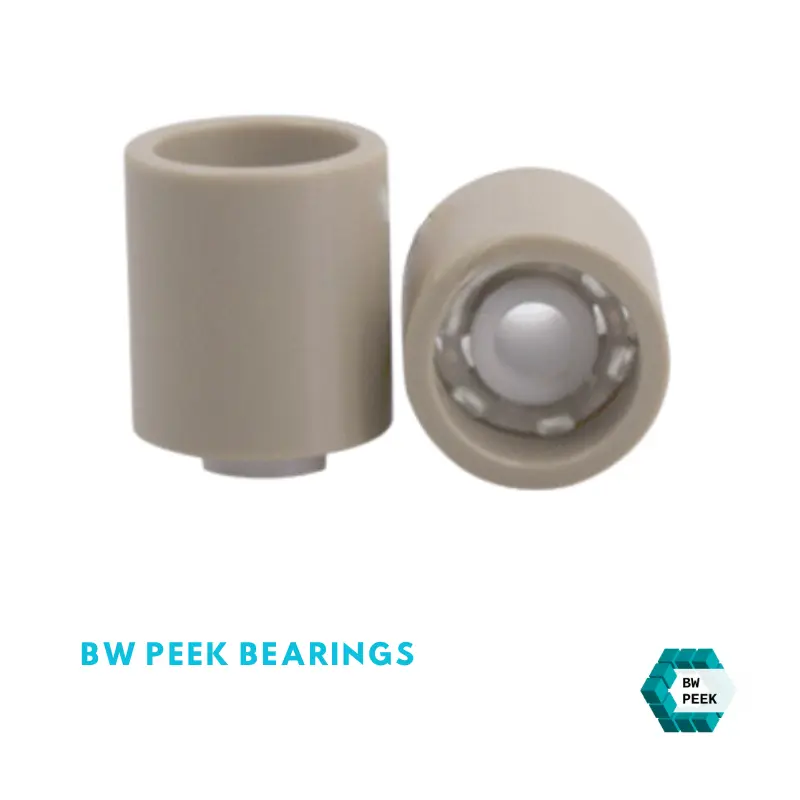
| Mechanical Properties | ||||
| Property | Value | Unit | Test Method | Notes/Source |
| Density | 1.31 - 1.45 | g/cm³ | ISO 1183 / ASTM D792 | Unfilled to reinforced variants. |
| Tensile Strength at Yield/Break | 75 - 11,000 | MPa / psi | ISO 527 / ASTM D638 | Varies by reinforcement; e.g., 75 MPa for HPV grade. |
| Tensile Modulus of Elasticity | 5,900 - 800,000 | MPa / psi | ISO 527 / ASTM D638 | Higher in reinforced grades. |
| Elongation at Break | 2.5 - 5 | % | ISO 527 / ASTM D638 | Lower in bearing grades due to fillers. |
| Flexural Strength | 18,000 | psi | ASTM D790 | For PVX black. |
| Compressive Strength | 16,500 - 67 (at 2% strain) | psi / MPa | ASTM D695 / ISO 604 | At 10% strain or specified nominal strain. |
| Impact Strength (Izod/Notched Charpy) | 0.90 / 2.5 | ft-lbs/in / kJ/m² | ASTM D256 / ISO 179 | Unnotched Charpy: 25 kJ/m². |
| Rockwell Hardness | M85 - 95 | - | ASTM D785 / ISO 2039-2 | M or R scale. |
| Thermal Properties | ||||
| Property | Value | Unit | Test Method | Notes/Source |
| Continuous Service Temperature | 250 - 260 | °C | - | For min. 20,000 hours; short-term up to 310 °C. |
| Melting Temperature | 340 - 633 | °C / °F | - | - |
| Heat Deflection Temperature | 195 - 530 | °C / °F | ISO 75 / ASTM D648 | At 1.8 MPa / 264 psi. |
| Coefficient of Linear Thermal Expansion | 35 - 85 × 10⁻⁶ | m/(m·K) | - | Varies by temperature range (23-150 °C and above). |
| Thermal Conductivity | 0.24 - 5.69 | W/(K·m) / BTU-in/hr-ft²-°F | - | At 23 °C. |
Bearing-grade PEEK exhibits low friction and high wear resistance, tested under standards like ASTM D3702. Key data includes:
These values are indicative and may vary by specific grade or manufacturer. For precise applications, consult original datasheets or conduct custom tests.
Completed regularly, maintenance will prolong the life of the bearings especially in harsh conditions where PEEK values its resistance to corrosion.
| Aspect | PEEK Bearings Advantage/Disadvantage | Metal Bearings Advantage/Disadvantage |
| Wear Resistance | Superior in corrosive, high-temperature, or lubricant-free environments (low friction, self-lubricating) | Better in abrasive conditions, but susceptible to chemical or thermal effects, requires lubrication |
| Longevity and Service Life | Longer in corrosive/high-temp applications, absorbs shock, reduces failures | Longer in high-load/standard lubricated scenarios, higher hardness |
| Corrosion Resistance | Excellent, resists acids, bases, solvents, and moisture, no rusting | Prone to rust, needs lubrication or coatings for protection |
| Temperature Tolerance | Up to 250°C without degradation, good at low temps | Varies; may deform at extremes, needs additional measures |
| Load-Bearing Capacity | Lower than metals, prone to deformation | Higher hardness and strength, suitable for heavy loads |
| Maintenance | Low (self-lub, no corrosion) | Higher (requires lubrication) |
| Other Factors | Lighter weight (up to 80% reduction), low vibration/noise, no lubrication needed | Cost-effective, suitable for general high-load applications |
